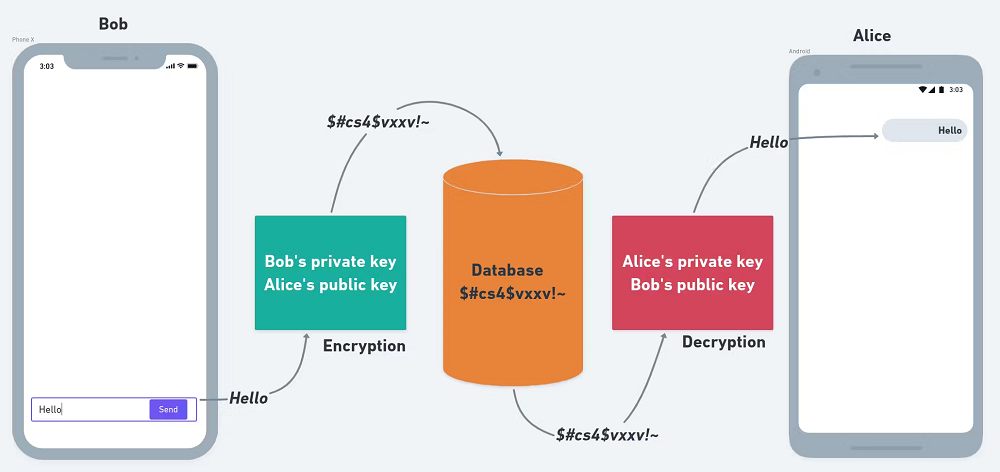With Privatenote, you can rest assured that your messages are protected from prying eyes and that your privacy is respected. Before delving into the features of Privatenote, let’s explore why secure messaging is crucial in today’s digital landscape. Our online communications encompass various sensitive topics, from personal matters and financial information to business secrets and confidential data. Traditional messaging platforms often need to catch up when protecting our privacy.
Unsecured messaging apps leave your conversations vulnerable to interception by hackers, surveillance agencies, and even messaging service providers. Metadata from your messages, such as the time, date, and participants, can be exploited to create a detailed profile of your activities and associations. This metadata can be as revealing as the message content and is often easier to collect and analyze. To address these concerns, Privatenote steps in as a secure messaging solution, ensuring that your messages are encrypted and protected from end to end. With Privatenote, you confidently communicate, knowing your conversations are safeguarded from unauthorized access.
Exploring the basics of privatenote
The platform also ensures that your message history remains private and secure. Unlike other messaging apps that store your conversations on their servers indefinitely, Privatenote keeps your messages on your device, giving you full control over your data. This means that your message history is not accessible to the Privatenote team or any third parties. The platform has user-friendly interface makes it accessible to individuals of all technical backgrounds. You don’t need to be a cybersecurity expert to harness the power of encryption; Privatenote simplifies the process, allowing you to focus on the content of your conversations rather than the technical intricacies.
Setting up your privatenote account
Getting started with Privatenote is straightforward and intuitive. Here’s a step-by-step guide to help you set up your account and navigate the platform:
1. Download the app – Privatenote is available for download on iOS and Android devices. Look up “Privatenote.” Install the app, and you’ll be ready to begin the setup process.
2. Create your account – Open the Privatenote app and tap the “Create Account” option. You’ll be guided through a simple registration process. Start by providing your phone number, which will be linked to your account.
3. Verify your number – Privatenote will send a verification code via SMS after entering your phone number. This code confirms that you own the number and complete the initial verification process.
4. Set up your profile – Create your profile once your number is verified. Pick a username that identifies you on the Privatenote network. You’ll also be asked to create a strong password to secure your account.
5. Explore the interface – After setting up your account, take some time to familiarize yourself with the Privatenote interface.
6. Add contacts – To send encrypted messages, you must add contacts using Privatenote. Tap on the “Contacts” section and select the “+” icon to add new contacts. Invite friends to join Privatenote by sending them a link or sharing your unique invitation code.
7. Start a conversation – With your contacts added, you can begin your first encrypted conversation. Tap on a contact, and you’ll be taken to a secure messaging screen. Here, you exchange text messages, voice notes, images, and files, all protected by Privatenote’s encryption protocols. To learn more about this topic, have a peek here.
Related posts
Categories
Advertisement


